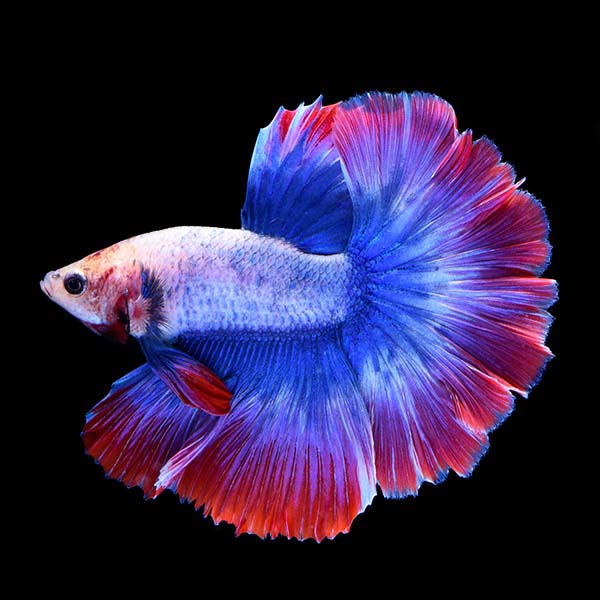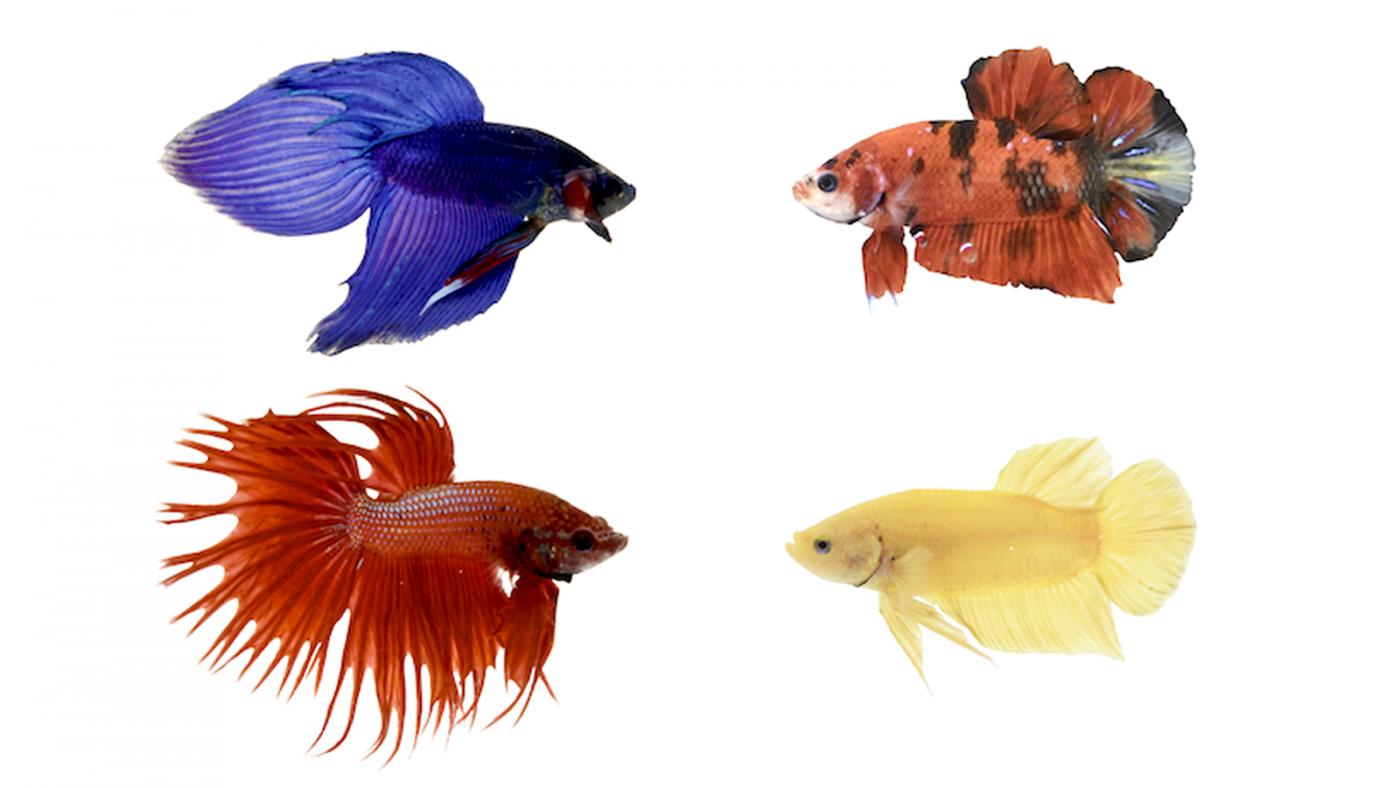Reproducing Betta Fish: a Comprehensive Step-By-Step Guide to Effectively Raising Child Bettas From Eggs to The Adult Years
Breeding Betta fish is a thorough venture that calls for careful planning and implementation to make sure the effective development of fry from eggs to develop fish. As the male Betta diligently constructs a bubble nest and guards the precious eggs, the succeeding stages of care and transition need interest to information and understanding of best methods.

Picking Reproduction Pairs
When starting the trip of breeding Betta fish, selecting the best breeding pairs is critical to achieving desirable traits and a healthy and balanced lineage - betta fish. The initial step in this procedure is to recognize the certain traits you wish to improve or preserve, such as shade, fin type, and physique. It is necessary to pick genetically diverse pairs to stay clear of inbreeding, which can result in health problems and unfavorable attributes
Evaluate prospective breeding prospects meticulously. A healthy male Betta ought to display vivid colors, an active disposition, and well-formed fins, while the lady ought to likewise present vivid coloration and a rounded belly, indicating preparedness for spawning. Observing the character of both fish is essential, as aggressive or extremely shy individuals might not breed effectively.
Documents of family tree is just as essential. Keeping documents of the moms and dad fish's origins can assist you track genetic traits and possible problems. Additionally, seek advice from credible dog breeders or on the internet sources for guidance on picking suitable pairs. Eventually, investing time in the option procedure will dramatically enhance the possibility of creating strong, vivid offspring that satisfy your breeding objectives (betta fish).

Preparing the Breeding Storage Tank
Creating an optimum reproduction atmosphere is a crucial step after selecting suitable sets for Betta fish. The reproduction tank must be particularly made to offer convenience and stimulate the all-natural reproduction behaviors of the fish. Begin with a storage tank size of at the very least 10 gallons to make sure appropriate area for both the man and women Bettas.
Preserve a mild filtration system to maintain the water clean while staying clear of solid currents that can emphasize the fish. In addition, an air stone can be contributed to supply oxygenation without interrupting the water surface too much.
Temperature policy is important; go for a stable variety of 78-82 ° F(25-28 ° C) making use of a trusted heater. The pH degree should be kept between 6.5 and 7.5, and normal water changes are required to ensure high water top quality.
Integrate floating plants or spawning mops to develop concealing places for the lady, while likewise urging bubble nest structure by the male - betta fish. Lastly, guarantee the container is without sharp designs and any prospective hazards, as the well-being of the fish ought to constantly be prioritized during this crucial phase of breeding.
The Reproduction Process
Commonly, the reproducing procedure for Betta fish involves a series of distinct and evident habits that suggest readiness for reproduction. The male Betta begins by building a bubble nest at the water's surface, which acts as a website for the fertilized eggs. This nest is important, as it supplies a safe environment for the eggs till they hatch out.
As soon as the nest is developed, the man will certainly show courtship habits, such as flaring his fins and showing vivid shades to attract the female. The woman, upon picking up the male's readiness, will react by showing upright red stripes along her body, signifying her receptiveness.
The fed eggs after that fall to the bubble nest, where the male meticulously gathers and returns them next page to the nest. Following this, the male presumes obligation for safeguarding the nest and ensuring the safety and security of the eggs until they hatch out, generally within 24-36 hours.
Taking Care Of Betta Fry
Taking care of Betta fry calls for careful attention to their environment and nutrition to guarantee healthy development and growth. After hatching out, Betta fry are exceptionally small and prone, necessitating a steady and clean environment. Maintaining a water temperature between 78 ° F and 80 ° F is important, as Betta fry prosper in warm problems. Additionally, ensure that the water is devoid of dangerous toxic substances; normal water adjustments of 10-20% are recommended to maintain optimal water high quality.
Feeding Betta fry is just as important. Initially, they must be offered infusoria or carefully crushed premium fry food, as their mouths are as well tiny to deal with larger particles. As they expand, you can progressively present bigger foods, such as child salt water shrimp or powdered flakes, to guarantee they receive ample nourishment. Feed them percentages several times a day, being cautious not to overfeed, which can bring about water high quality concerns.
Transitioning to Adult Bettas
As Betta fry mature, transitioning them to grown-up Bettas is an important stage that requires careful administration of their setting and social communications. This process typically begins when the fry get to around 6 weeks old, at which point they can be progressively presented to an extra structured living environment.
To facilitate this transition, it is important to make sure that the water parameters-- such as temperature, pH, and ammonia levels-- are ideal and stable. Grown-up Betta fish thrive in warm water (around 78-80 ° F) with a pH of 6.5 to 7.5. Progressively accommodate the fry to these problems to minimize anxiety.
Social interactions are another key factor; man Bettas are infamously territorial and hostile. As a result, it is advisable to different men into specific tanks as they develop. Female Bettas can read be housed with each other, but treatment ought to be taken to check for signs of aggressiveness.
Additionally, dietary modifications must be made as the fry expand. Incorporate top quality pellets and live Web Site foods to support their growth and health and wellness. By handling these variables effectively, you can advertise a successful transition to their adult years for your Betta fish.

Final Thought
Successful breeding of Betta fish requires cautious focus to information throughout the entire process, from picking genetically varied sets to providing optimum care for fry. Furthermore, a well balanced diet regimen and steady adjustment to adult atmospheres are essential for the growth and growth of Betta fish.